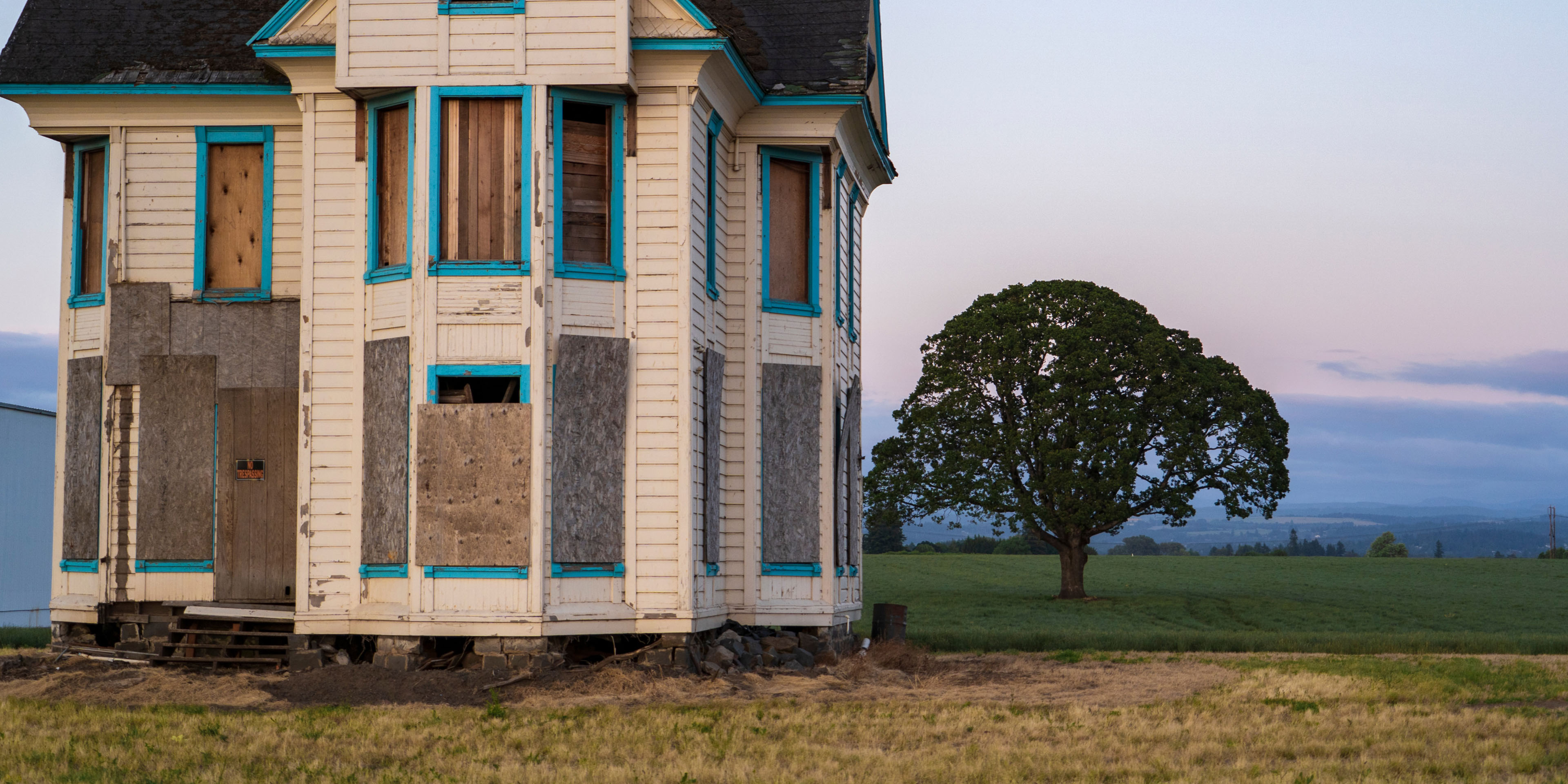Understand Your Risk
Take time to understand your community's data and information. Here's where to look for more information.
Explore National Risk Index Data
- Use the National Risk Index Map to find areas of risk.
- Explore National Risk Index source information for Expected Annual Loss, Social Vulnerability and Community Resilience scores and ratings. This will help you understand the data, how it was collected and any limitations.
Determine Information Gaps
- Think about any other information your community needs to develop a more granular, localized view of its Expected Annual Losses, Social Vulnerability, Community Resilience and Risk. This should use existing knowledge and answer questions about:
- Hazard types in your community that are not included in the National Risk Index.
- The demographics of your community and the most vulnerable groups.
- Critical or older buildings, facilities and infrastructure in your community, as well as any ongoing or planned construction in vulnerable areas.
- The status of your community's natural hazard risk assessment and hazard mitigation plan.
- Past, ongoing and future hazard mitigation projects.
- Understand what capabilities and/or resources you may need to fill in the gaps between the National Risk Index and a complete, localized perspective of your risk. Three resources to explore are:
- FEMA's Hazus tool, which estimates potential losses from earthquakes, floods, hurricanes and tsunamis. It shows the effects of such hazards. You can review this data in FEMA's Hazus Library.
- FEMA's National Flood Hazard Layer, which is a database containing current effective flood hazard data. This is used to support the National Flood Insurance Program.
- FEMA's Resilience Analysis and Planning Tool, which looks at the interplay of Census data, infrastructure locations and hazards. It includes real-time weather forecasts, historic disasters and estimated annualized frequency of hazard risk.
Research Your Community's Mitigation and Emergency Response
- Determine what you need for natural hazard mitigation planning and disaster emergency response and recovery. Gather information across hazard types about how your community has responded to and recovered from past natural hazards. Consider the success of those efforts.


